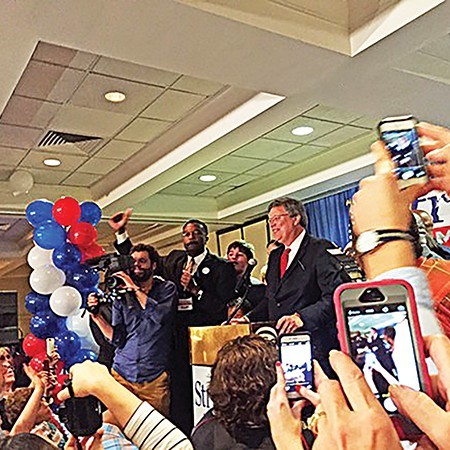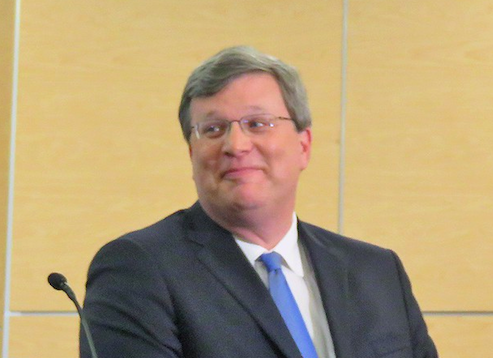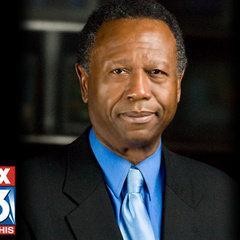I was wandering through the Midtown Kroger on a recent Saturday night. Sounds like the beginning of a really bad novel, right? Or maybe I just have a lousy social life? Neither, actually. We were having friends over the next day and I needed a couple of things, and decided I’d rather go at night than battle the Sunday post-church crowd.
So, there I was, pondering whether or not I needed another package of bacon, when I saw former Mayor A C Wharton, also shopping alone. He was wearing a sharp, pin-striped seersucker suit. Crisp white shirt. No tie. I felt a bit under-dressed.
“Hello, Mr. Mayor,” I said.
“Why, hello,” he responded. “How are you?”
“Pretty good, sir.”
“You have plenty to write about these days, don’t you?”
“I sure do.”
The former mayor went on to mention that he really liked a column I wrote about President Trump’s cabinet meeting — the one where everyone in the room toadied up to Trump with fulsome praise.
“I now require my staff to praise me at the beginning of each meeting,” Wharton said, grinning.
“Good plan,” I said. “I do the same. Keeps them on their toes.”
And on we went about our shopping. It was such a Memphis moment. At that same Kroger I’ve seen tons of Grizzlies players, notable musicians of every stripe (from Stax legends to opera singers to current stars), leaders in the arts and education and theater, congressmen, chefs, hotshot lawyers — you name it. Everybody in Memphis goes Krogering, it seems. It’s the great equalizer.
Ronnie Grisanti’s restaurant at Poplar and Humes was also that kind of place. You’d see Wharton, Harold Ford, Steve Cohen, Willie Herenton, Jerry West, and every Grizzlies coach who ever coached, including the three Italians in a row we once had (Fratelli, Barone, and Iavaroni), each of whom I saw hanging at Ronnie’s bar on many occasions.
It was the center of the Memphis dining universe from the mid-’90s to the mid-aughts, and it was often my habit to go on Tuesdays after we put the Flyer to bed. I never had a boring evening or a bad meal.
And Ronnie was at the center of it all, greeting everyone by name, shuffling you to the bar with a bit of gossip in your ear while you waited for your table. No reservations at Ronnie’s. You showed up and took your chances. And if you were a regular, at some point Ronnie would take your picture and put it on the wall somewhere. Mine was on the men’s room door, but hey, it was there, a badge of honor, a sign I’d made it. Or something.
Ronnie died last weekend, at 79, marking the end of an era. He’d moved his restaurant out to Collierville in recent years, out of my dining comfort zone, but I’m sure it was a nice place, because he was a nice man — larger than life — and he’ll be missed by all who knew him.
I spend my Tuesday nights at another joint now, a cozy, friendly place at Cooper and Peabody, near my house. I call the owners and bartenders my friends. I can’t go there without seeing 10 people I know. And that’s the way I like it, a home away from home. A place where everybody knows your name.
In these tempestuous times, where change comes at the drop of a tweet, it’s good to have traditions and to savor them, like you savor your food and your friends and your family.
And your memories.
Bruce VanWyngarden
brucev@memphisflyer.com
 Toby Sells
Toby Sells  Jackson Baker
Jackson Baker 
